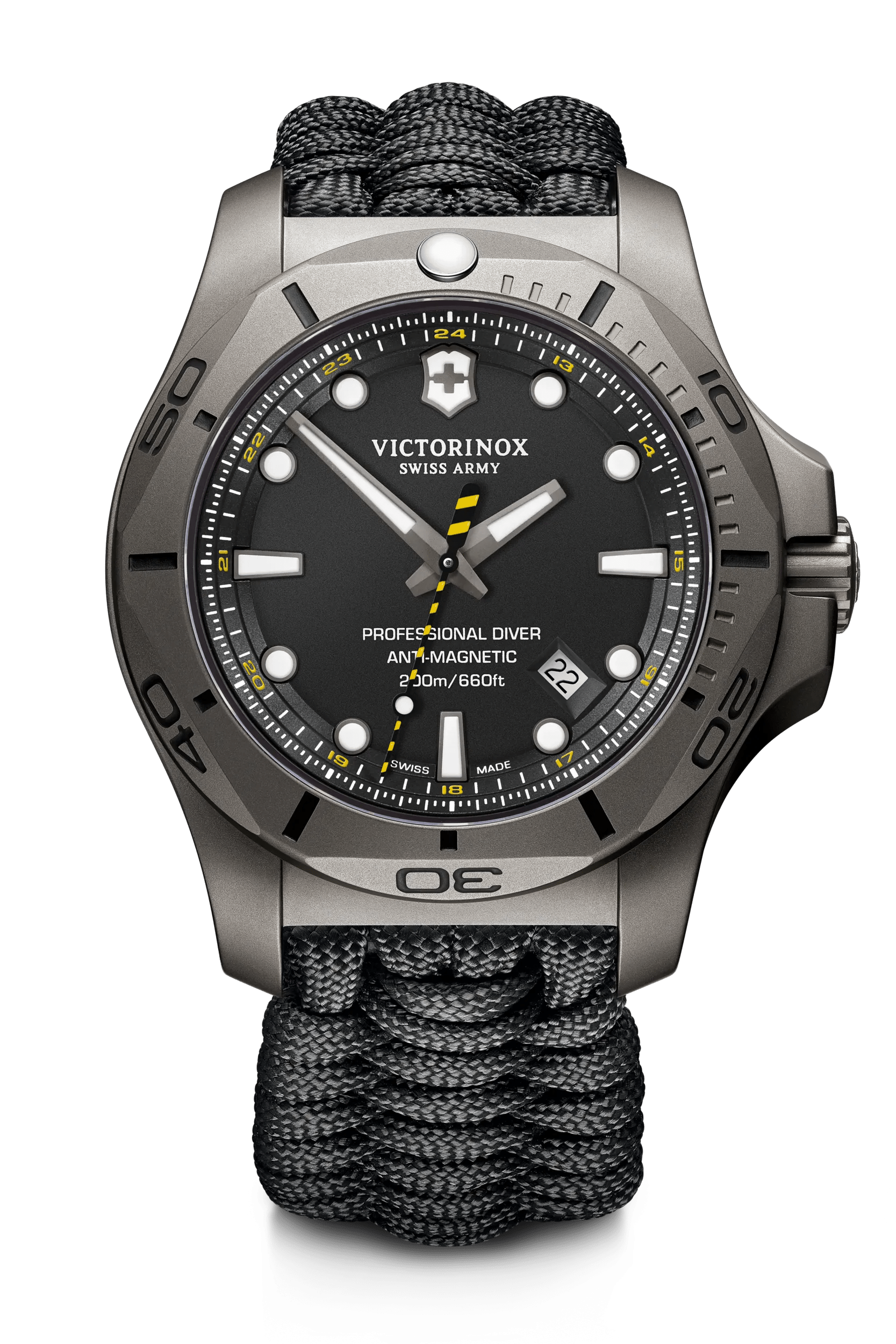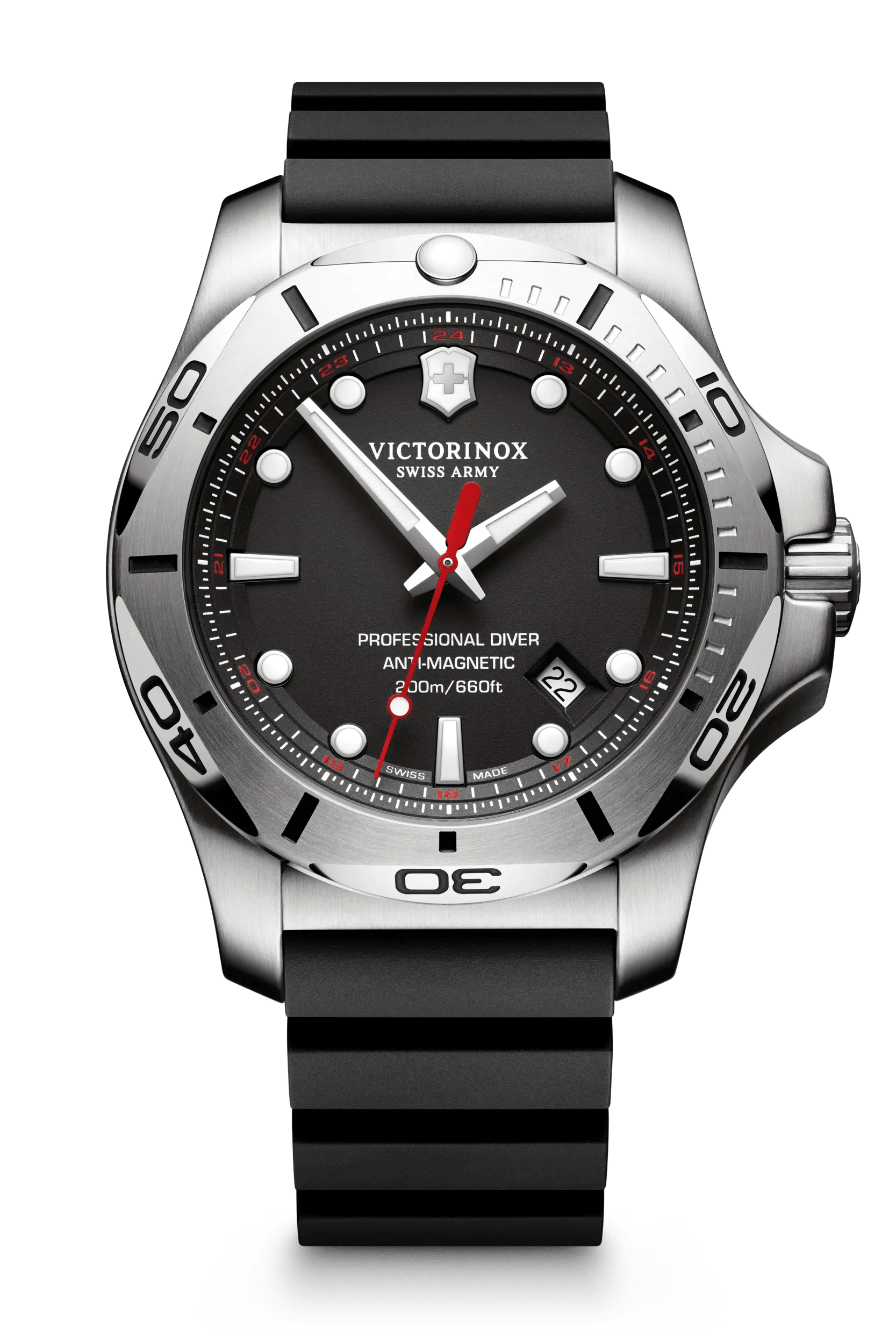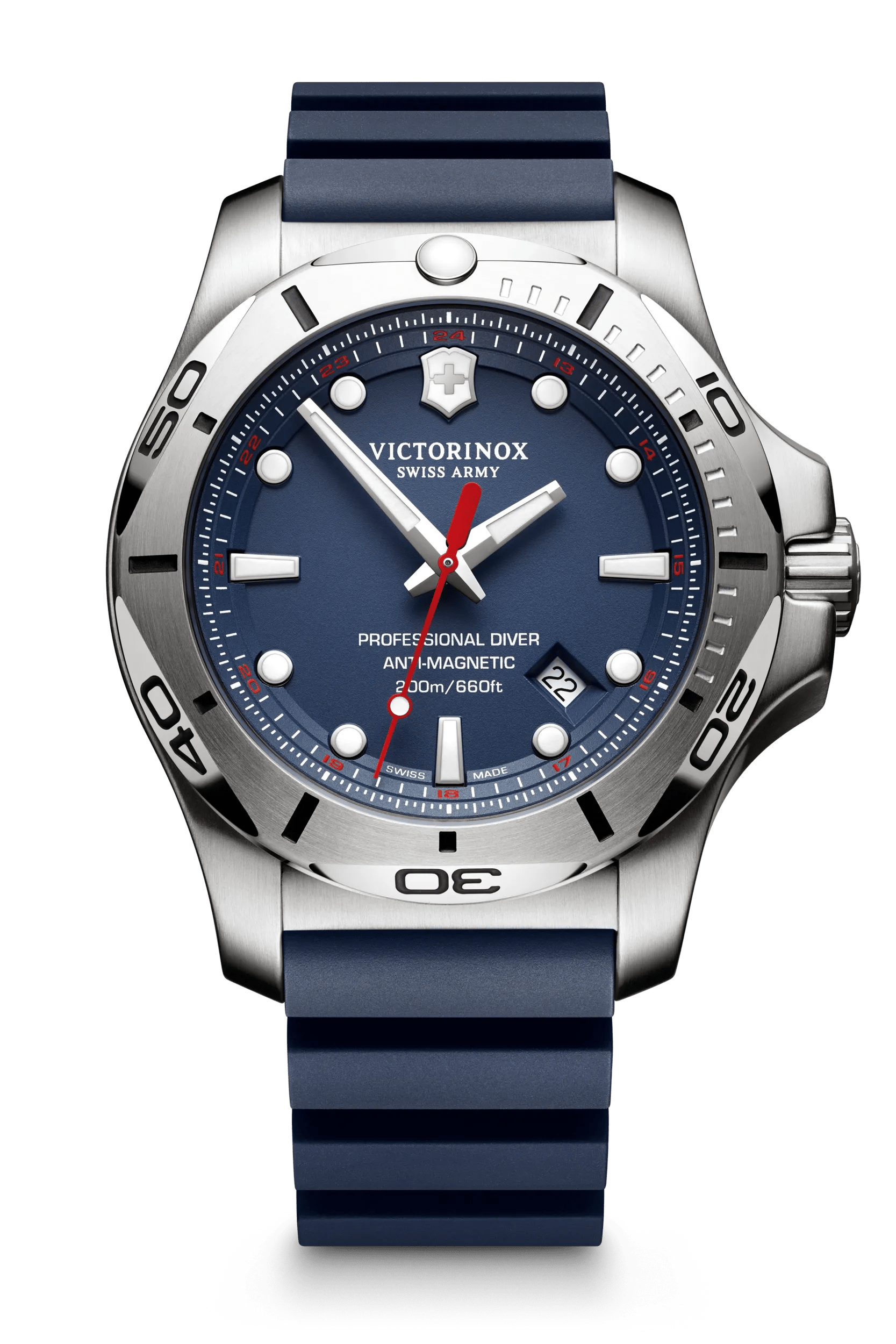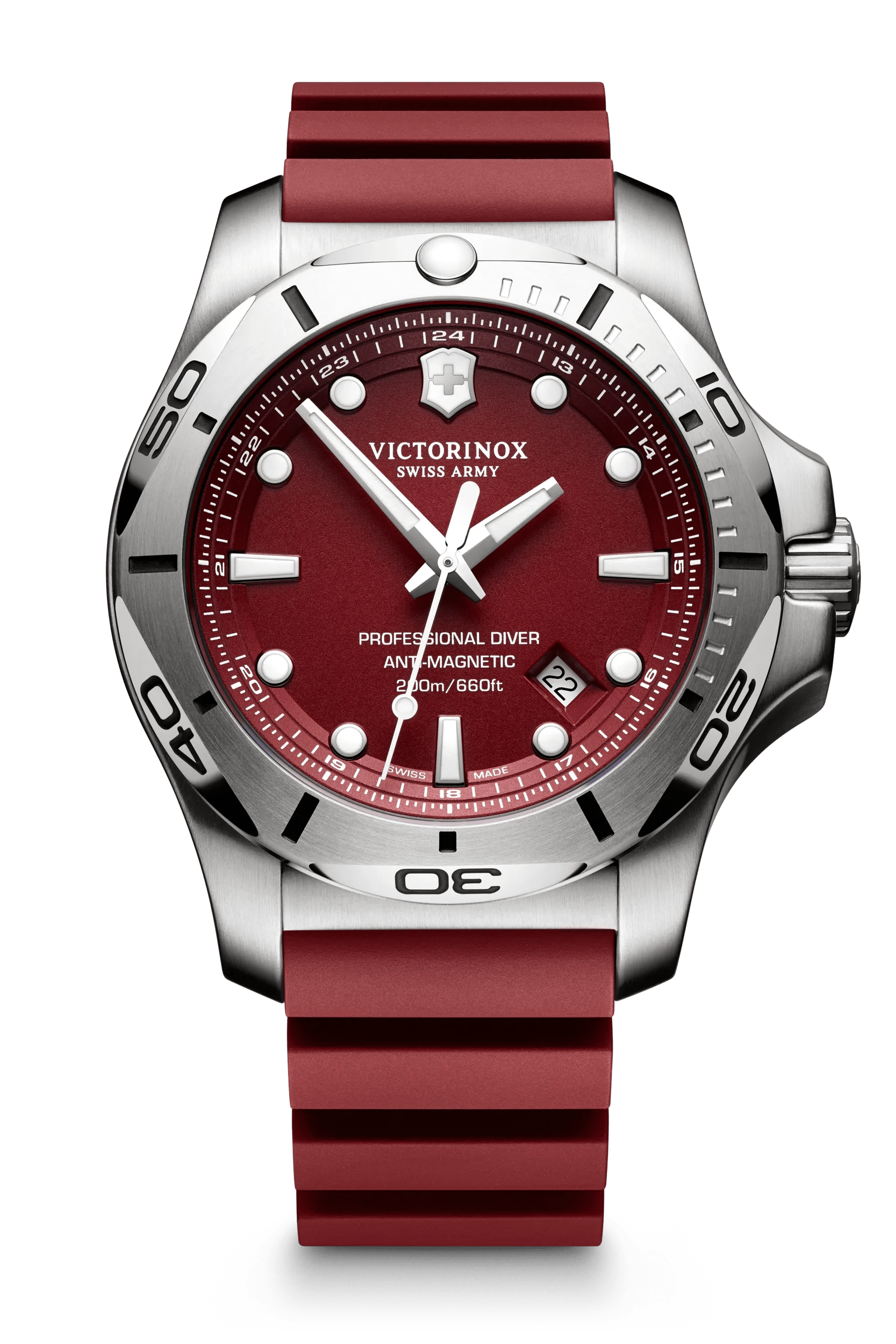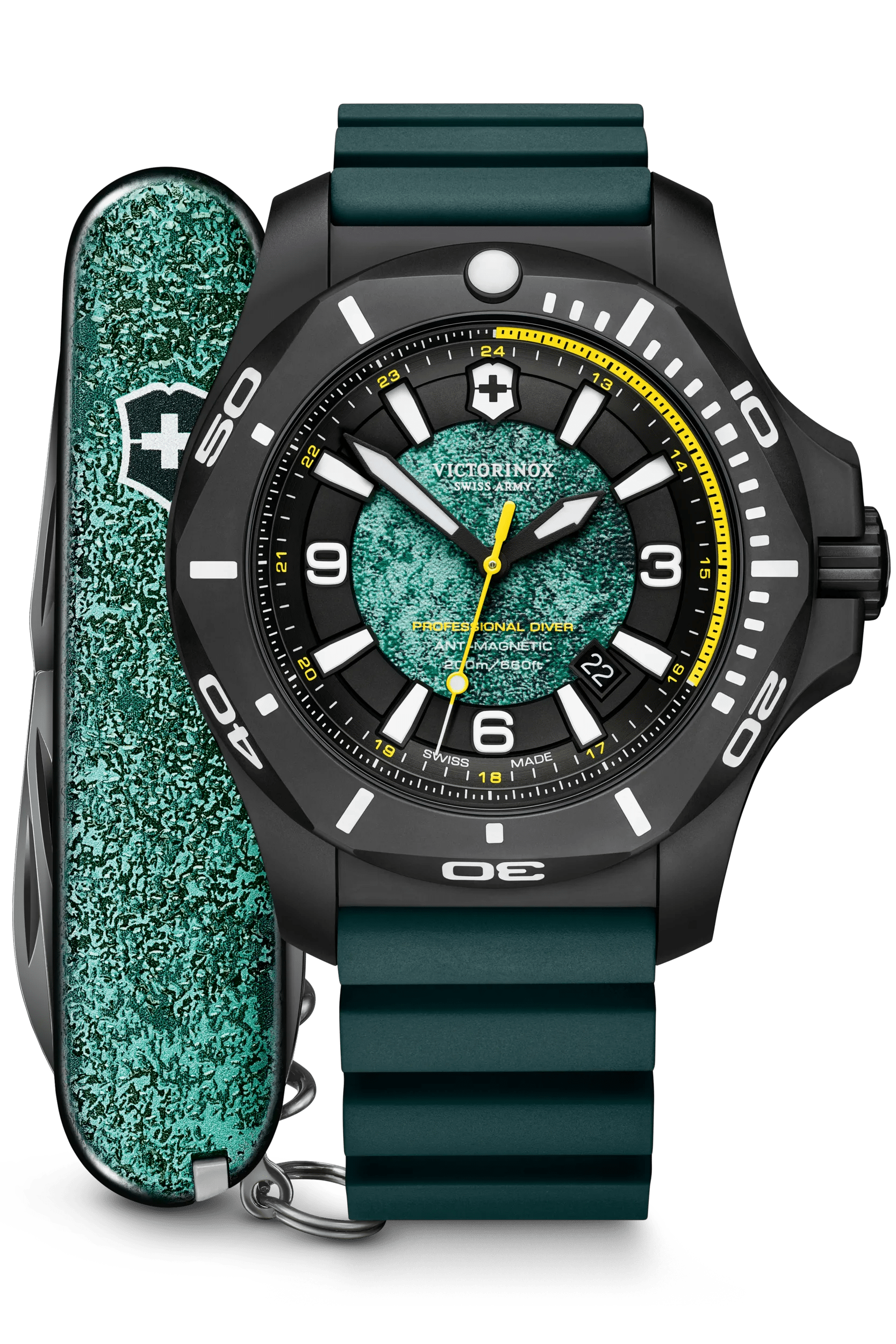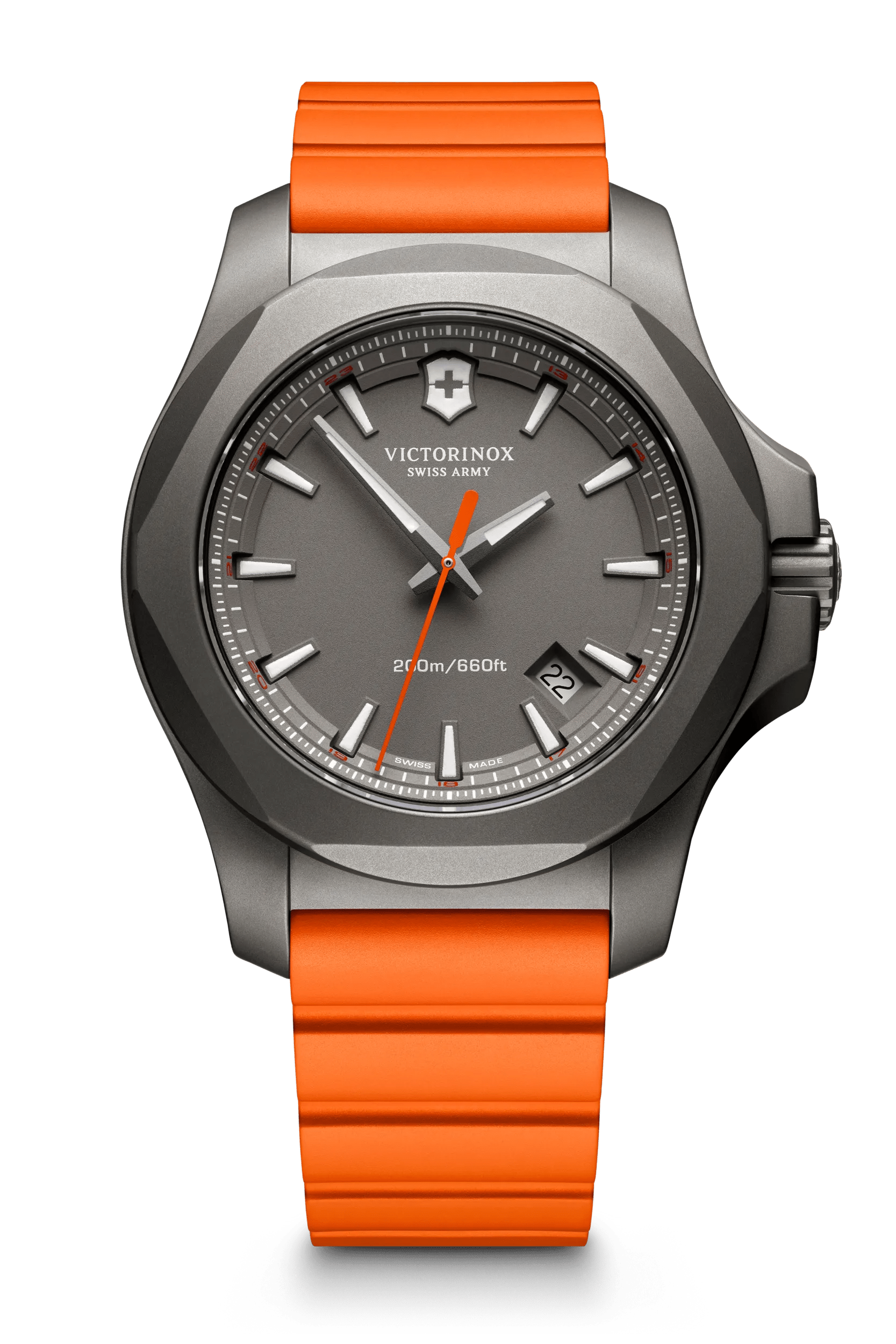Die Zukunft von rostfreiem Stahl
Victorinox und ECAL entwickeln das Material der I.N.O.X. Uhr weiter
Welche innovativen Möglichkeiten gibt es für rostfreien Stahl in der Uhrenindustrie? Wir haben Nachwuchsdesigner gebeten, dieses Material für uns neu zu interpretieren. Wir freuen uns, dass wir mit einer der berühmtesten Designschulen der Welt zusammenarbeiten konnten: der renommierten École Cantonale d'Art de Lausanne, kurz ECAL. Studierende aus aller Welt haben Wissen aus Disziplinen wie Chirurgie, Nanotechnologie oder Biomimetik auf die Welt der Uhren angewandt.
Eine Geschichte über Tradition und Innovation
Im Laufe der Jahre haben wir viel Erfahrung in der Verarbeitung von rostfreiem Stahl gewonnen. Vor etwa 100 Jahren waren wir der erste Messerproduzent weltweit, der dieses Material einsetzte. Diese Innovation markierte einen solchen Wendepunkt in der Qualität unserer Produkte, dass wir 1921 die Bezeichnung “inox” für rostfreien Stahl in unseren Markennamen aufnahmen.
Seitdem zählt rostfreier Stahl zu den wichtigsten Materialien bei Victorinox. Dieses Fachwissen hat uns auch die Türen in die Uhrenwelt geöffnet. Dank all unserer Produktionserfahrung war es ein natürlicher Prozess, mit der Produktion von Uhren zu beginnen. Und so wurde die legendäre I.N.O.X. geboren: Sie ist eine Hommage an ein Material, dessen Genialität uns immer noch begeistert.
Entdecken Sie die faszinierenden Möglichkeiten von rostfreiem Stahl.
Stainless steel – 1 material, 11 innovations
When light beams get focused and then diverted by a reflective material, caustics are created. For example the light reflection in a swimming pool. Applying an engraving according to the principles of light caustics on a watch surface, adds an almost “magical property”. Image: picture taken by student, Rayform SA
The project was headed up by Alexis Georgacopoulos, Director of ECAL, and Thilo Alex Brunner, Head of Master in Product Design at ECAL. Under their initiative, designer and ECAL professor Alexander Taylor led students from all over the world through a three month project on discovering new possibilities for the use of stainless steel.
What is the future of stainless steel in the watch industry, Alexander Taylor?
Why didn’t you design watches in this project but focused on material?
I believe the students and designers should learn skills enabling them to be multifaceted in approach and work not only with the finished object, working in a way exploring first the ways in which we can work without the parameters of the object. The character of the object and the opportunity to create something new in both terms of aesthetic and production will come from a collaboration with makers and understanding of the designer to tailor the technologies to a particular need. During this process opportunities will inevitably present themselves beyond the original brief. By not focusing on a particular design of a watch it allowed us to let the process really inform and influence the formal outcome.
What makes stainless steel such an interesting material to work with?
It has such a beautiful and highly functional industrial quality, somehow hi-tech yet so familiar! It is a material with the ability to stimulate the senses and is associated with pioneering product / structures and performance. With this project however we illustrated how you can take a material which is so familiar and still propose absolutely new ways in which it can be fabricated or processed.
About Alex Taylor, Awarded British Designer, Professor at ECAL
Über E-Mail teilen
Hinweis
Ihre Nachricht wurde gesendet.
Fehler!
Beim Übermitteln Ihrer Nachricht ist ein Fehler aufgetreten. Bitte versuchen Sie es noch einmal.
Ihr Produkt wurde Ihrem Warenkorb hinzugefügt

